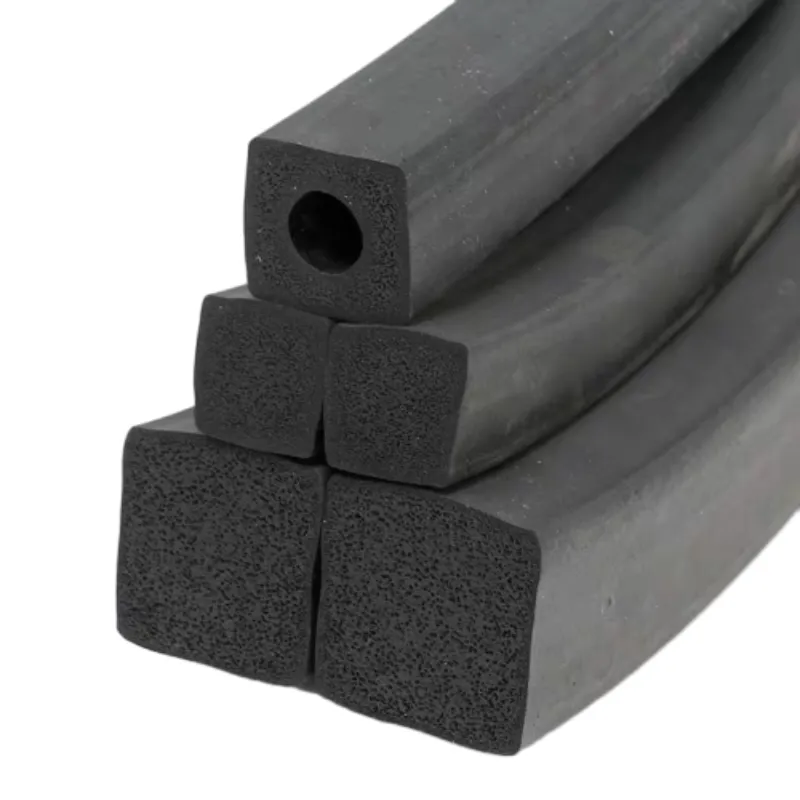silicone door weatherstrip
Understanding Silicone Door Weatherstripping A Comprehensive Guide
When it comes to home insulation and energy efficiency, one often overlooks the significance of weatherstripping. Among various types of weatherstripping materials, silicone stands out due to its unique properties that offer numerous advantages. In this article, we will delve into silicone door weatherstripping, its benefits, installation process, and maintenance tips.
What is Silicone Door Weatherstripping?
Silicone door weatherstripping is a type of sealing material applied around doors to prevent drafts, moisture, and dust from entering the home. It consists of a flexible silicone rubber that conforms to the door frame, creating a tight seal when the door is closed. Unlike traditional weatherstripping materials like foam or vinyl, silicone is known for its durability and resilience.
Benefits of Silicone Door Weatherstripping
1. Durability One of the most significant advantages of silicone weatherstripping is its longevity. Unlike foam or rubber, silicone does not degrade or lose its flexibility over time. It can withstand extreme temperatures, making it ideal for various climate conditions.
2. Water Resistance Silicone is inherently water-resistant, which means it can prevent moisture from seeping into your home. This quality is essential in areas prone to rain or high humidity, as it helps protect your interior from mold and mildew.
3. Energy Efficiency Properly installed silicone weatherstripping can significantly reduce energy costs by preventing heated or cooled air from escaping your home. This leads to a more comfortable living environment and lower utility bills.
4. Noise Reduction In addition to weatherproofing your home, silicone weatherstripping can also help reduce noise pollution. By sealing gaps around doors, it can minimize the sound coming from outside, creating a quieter indoor space.
5. Easy Installation Silicone weatherstripping is generally easy to install. It often comes in the form of adhesive strips that can be cut to size, making the installation process straightforward even for DIY enthusiasts.
Installation Process
silicone door weatherstrip

Installing silicone door weatherstripping involves a few simple steps. Here’s a quick guide
1. Measure the Door Frame Start by measuring the height and width of your door frame to determine how much weatherstripping you need.
2. Clean the Surface Ensure the surface where the weatherstripping will be applied is clean and free of debris. A clean surface ensures better adhesion.
3. Cut the Weatherstripping to Size Measure and cut the silicone weatherstripping to fit the dimensions of your door frame.
4. Apply the Adhesive If your silicone weatherstripping has adhesive backing, peel away the protective layer and stick it to the door frame. If not, you may need to use adhesive glue.
5. Test the Seal After installation, close the door and check for any light seeping through the edges. If you can see light, you may need to adjust the weatherstripping or add more material.
Maintenance Tips
Maintaining your silicone door weatherstripping is minimal. Periodically check for any signs of wear or damage. If you notice that it’s losing its effectiveness, it may be time to replace it. Additionally, cleaning the weatherstripping with a mild detergent and water can help prolong its life.
Conclusion
Silicone door weatherstripping is an excellent investment for any homeowner looking to improve energy efficiency, reduce noise, and enhance comfort. With its durability and water-resistant properties, silicone weatherstripping offers benefits that are hard to beat. By following simple installation and maintenance tips, you can ensure that your home remains well-protected against the elements for years to come.
-
Under Door Draught Stopper: Essential ProtectionNewsJul.31,2025
-
Garage Door Seal and Weatherstrips for ProtectionNewsJul.31,2025
-
Edge Banding Tape for Perfect EdgesNewsJul.31,2025
-
Table Corner Guards and Wall Corner ProtectorsNewsJul.31,2025
-
Stair Nose Edging Trim and Tile Stair SolutionsNewsJul.31,2025
-
Truck Bed Rubber Mats for Pickup BedsNewsJul.31,2025
-
Window Weather Stripping for Noise ReductionNewsJul.29,2025